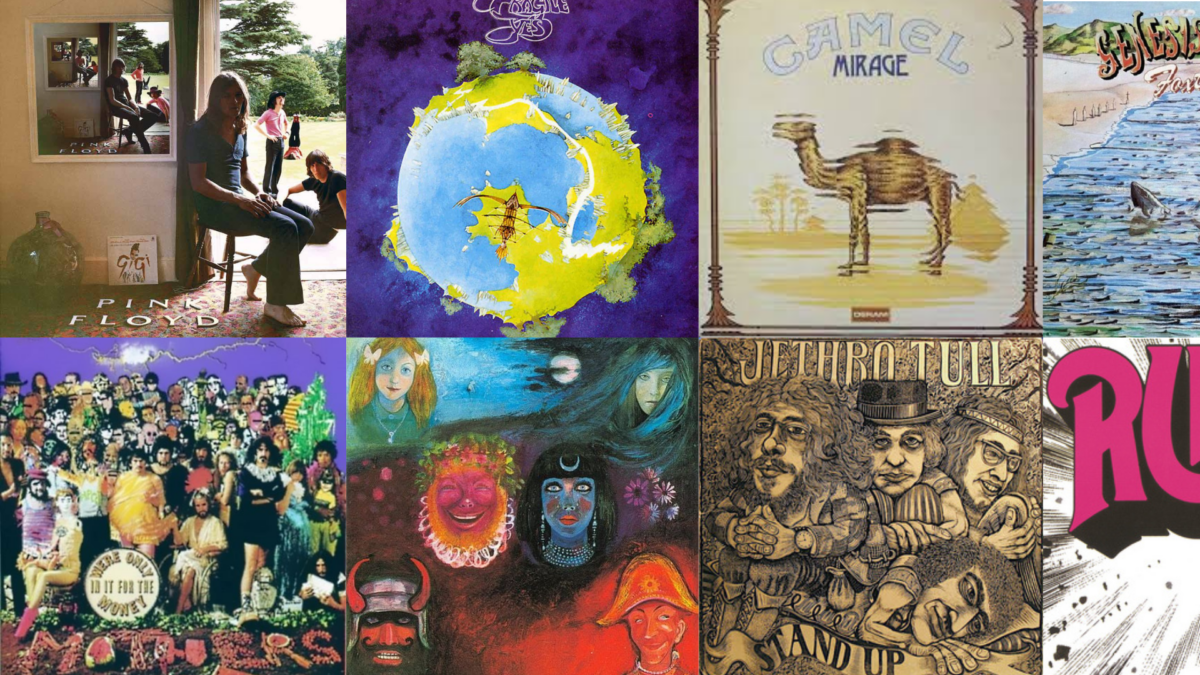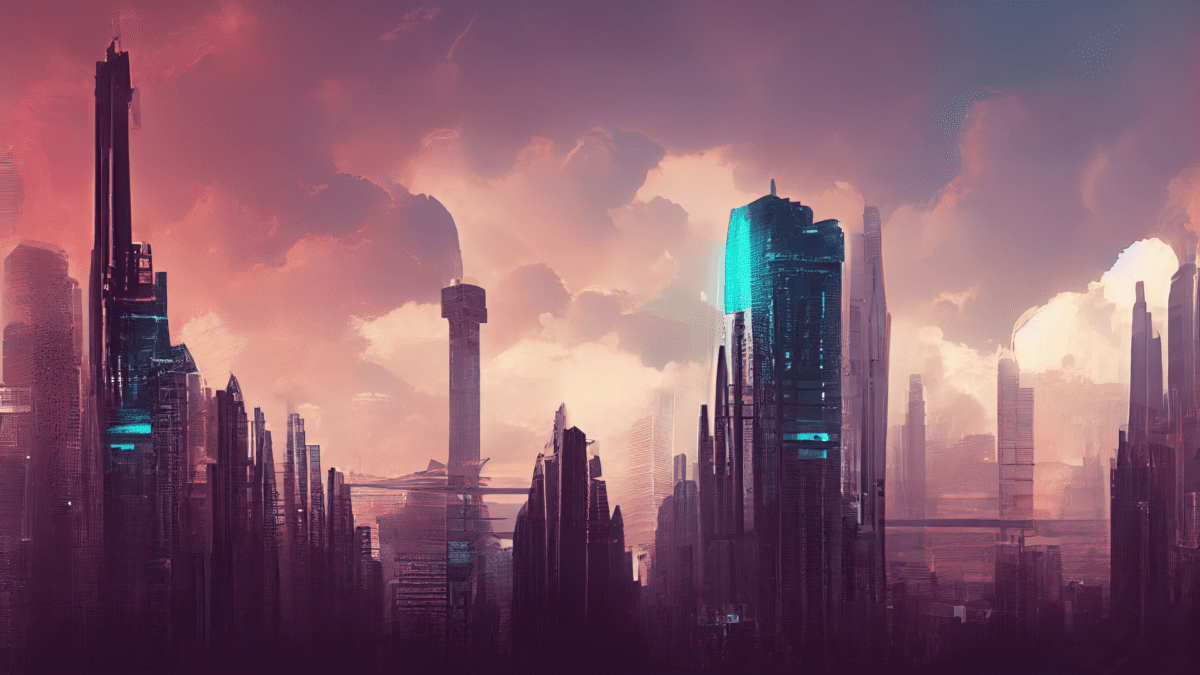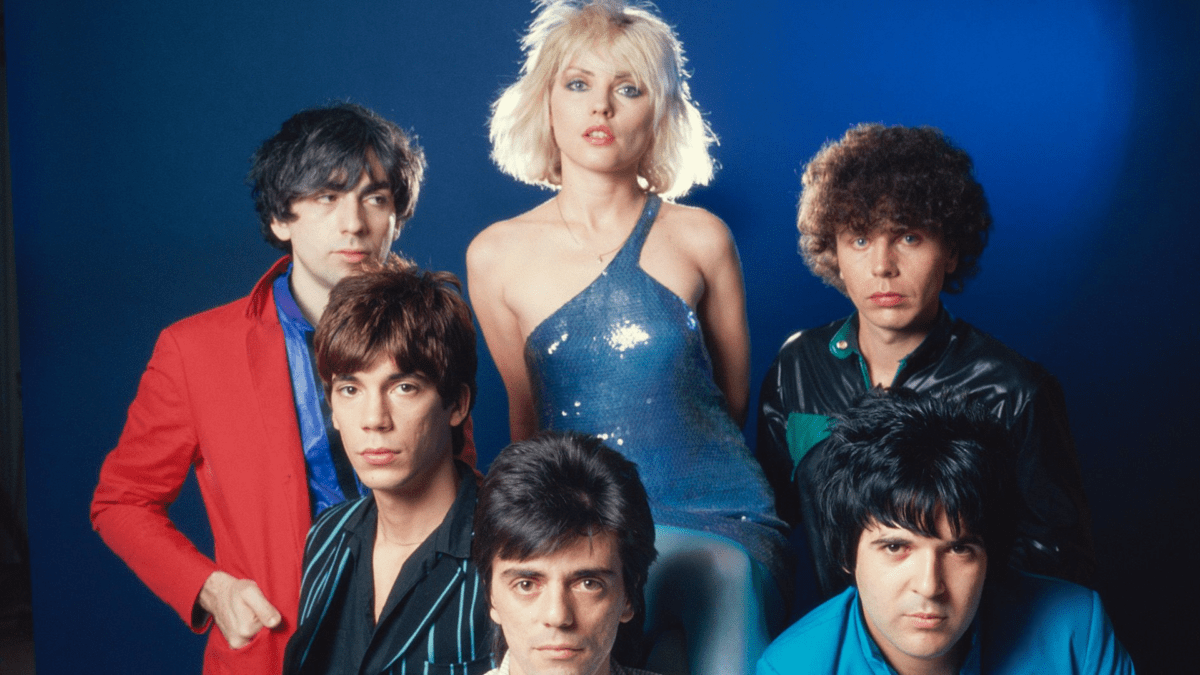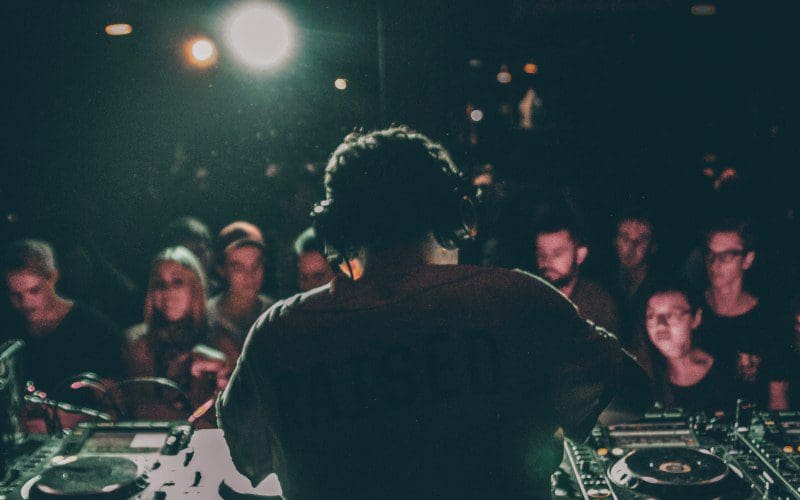
Rave music has a rich and colourful history stretching back to the late 80s. It emerged as a subculture celebrating freedom, unity, and self-expression through music and dance. Rave music is more than just a genre; it’s a movement that has significantly impacted popular culture for decades. In this article, we will explore the origins of rave music, its development over time, and its influence on the music industry and society.
What Is Rave Music?
Rave music is an electronic dance music (EDM) genre that emerged in the late 80s and early 90s. It typically features a fast tempo, repetitive beats, and synthesised melodies. Rave music is often associated with underground parties and large-scale events known as raves. Here, as many as thousands of people gather to dance and celebrate their love for the music. The genre has its roots in various styles of electronic music, including techno, house, breakbeat, and trance.
The Origins of Rave Music
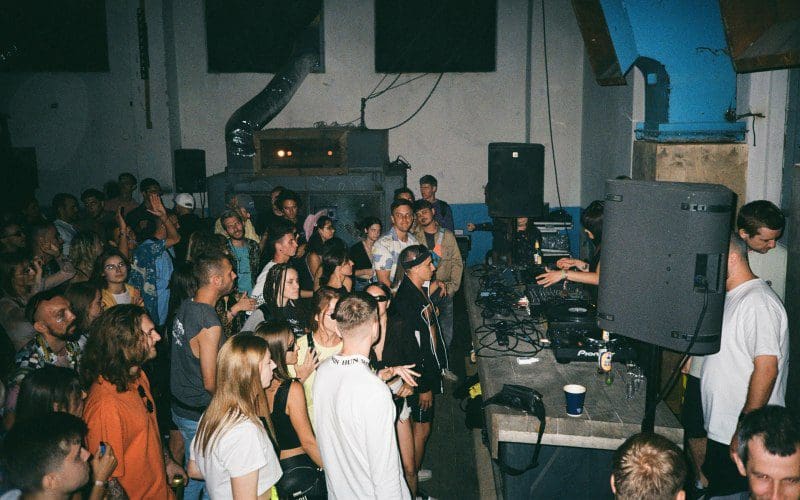
Rave music originated in the late 1980s in the United Kingdom as a subculture of EDM. The term “rave” originally referred to the all-night dance parties popular in the underground club scene. These parties were famous for their high energy, fast-paced music, and use of illegal drugs such as ecstasy.
We can trace the origins of rave music to the emergence of acid house in mid-80s Chicago. Acid house is notable for using the Roland TB-303 synthesiser, which produced a distinctive “squelching” sound. The sound soon spread to the UK, where a new generation of club-goers quickly embraced it.
The first rave parties in the UK were in abandoned warehouses and other underground locations. Groups of friends would often organise these parties, bringing their own sound systems and DJ equipment. The music played at these parties was a mix of acid house, techno, and other electronic dance genres.
As the rave scene grew in popularity, it began to attract larger crowds and more attention from the mainstream media. Featuring in movies and TV shows, the scene became a symbol of youth culture and rebellion.
The Rise of 90s Rave Music
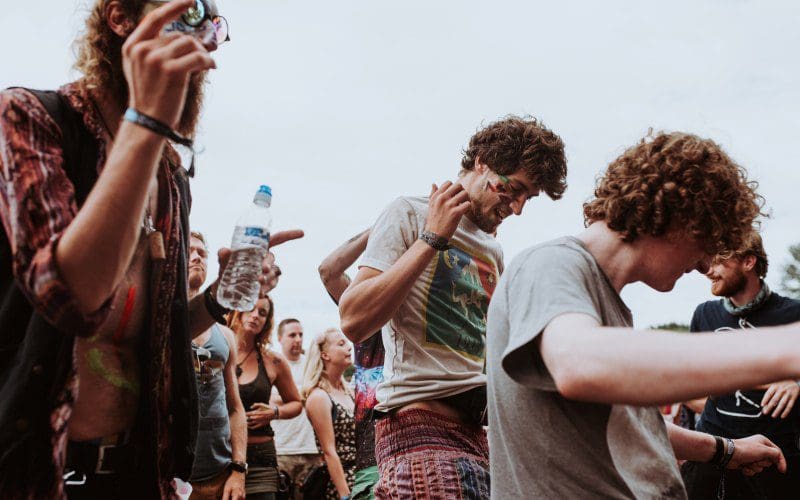
The 90s were pivotal for the growth and development of rave music. During this time, the genre gained widespread popularity and became a global phenomenon. The UK and Europe were the epicentres of the rave scene, with cities like London, Manchester, and Berlin hosting some of the most legendary raves in history.
Several factors are responsible for the rise of 90s rave music. Firstly, the advent of new technology made it easier to produce electronic music. Furthermore, growth in the popularity of club culture saw more people attending raves. Finally, influential new DJs and producers like Paul Oakenfold, Carl Cox, and Sasha made rave music more accessible than ever before.
In the early 1990s, rave music evolved into a more mainstream genre. However, the rave scene also faced increasing scrutiny from law enforcement and government officials concerned about drug use and public safety.
Despite these challenges, the scene thrived throughout the 1990s and into the early 2000s. Today, rave music remains a popular genre of EDM. While the origins of rave music may be rooted in underground subculture, its impact on popular culture and music was also significant.
Rave Culture and its Impact on Society
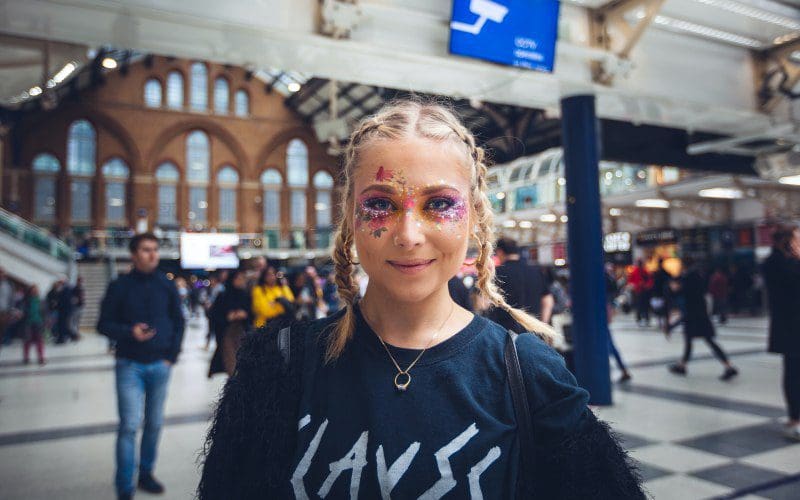
Besides the music, rave culture is also famous for colourful clothing and a sense of community. However, over the years, rave culture has significantly impacted society, both positive and negative. One of the positive impacts of rave culture is its ability to unite people. Raves are often a safe space where people can express themselves freely without judgment. This sense of community has helped many people feel like they belong and has even led to long-lasting friendships.
Rave culture has also had a significant impact on the music industry. Electronic dance music has become increasingly popular, with many popular musicians, such as Daft Punk and The Chemical Brothers, achieving success.
Negatives of Rave Culture
On the other hand, some have criticised rave culture for its association with drug use. Many people who attend raves use drugs such as MDMA (also known as ecstasy) to enhance their experience. While some suggest that drug use is an essential part of the rave experience, others argue that it is dangerous and can lead to addiction and other negative consequences.
Another negative impact of rave culture is its association with illegal raves. These events are often in abandoned buildings or other locations without proper permits or safety measures. As a result, this can lead to dangerous situations, such as overcrowding and fire hazards.
Undoubtedly, rave culture has had a significant impact on society. While it has brought people together and helped to popularise electronic dance music, there has been criticism for its association with drug use and illegal raves. It’s important to recognise both the positive and negative aspects of rave culture and to promote safe and responsible behaviour at these events.
Rave Music Genre: Key Characteristics and Subgenres
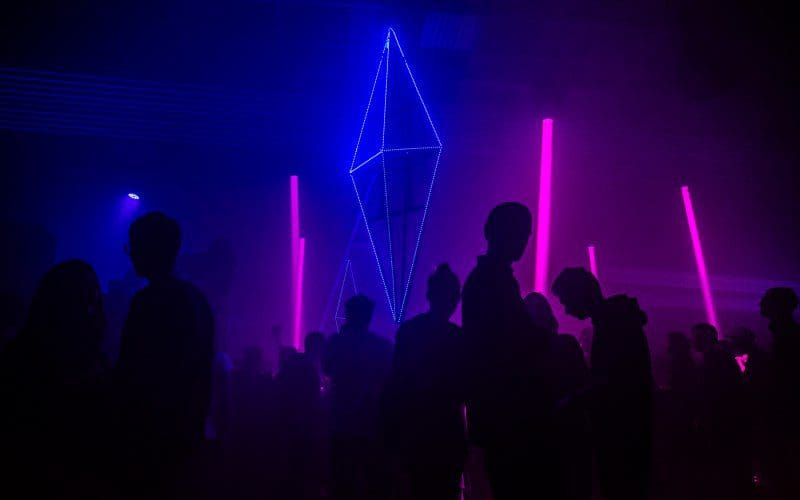
Rave music is a diverse and multifaceted genre that incorporates elements from various styles of electronic music. Some key characteristics of rave music include its fast tempo, which typically ranges from 120 to 160 beats per minute, its repetitive rhythms and basslines, and its use of synthesised sounds and samples. There are several subgenres of rave music, including:
Techno
Techno originated in Detroit, Michigan, in the 1980s. It typically features repetitive beats, synthesised melodies, and futuristic soundscapes. Techno music often features complex rhythms and is designed to be danced to at clubs and festivals. The genre has evolved over the years, with subgenres such as acid, minimal, and Detroit techno emerging.
Techno has significantly impacted popular culture, influencing fashion, art, and film. It continues to be a popular genre worldwide, with techno festivals drawing large crowds of devoted fans.
House
House music originated in Chicago in the early 1980s and emphasises a repetitive 4/4 beat, synthesised melodies, drum machines, and sequencers. It has its roots in disco, funk, and soul music, but it also incorporates jazz, blues, and gospel elements. Subgenres of house include deep house, acid house, and tech house.
The genre remains popular in nightclubs and festivals, and its influence remains in many other genres of music today.
Breakbeat
Breakbeat was born from mid-1970s funk and the emerging hip-hop scene that appeared towards the decade’s end. Significantly, however, breakbeat would evolve into a form of EDM in the 90s that continues to be popular today. It’s famous for using a distinctive drum pattern called the breakbeat, which involves a syncopated rhythm that emphasises the backbeat. This pattern is often looped and combined with other electronic sounds, such as basslines, synthesisers, and samples.
Breakbeat music has roots in funk, soul, and hip-hop and has influenced many other genres, including jungle, drum and bass, and dubstep. It’s famous for its high energy and driving rhythms, making it a popular choice for dance floors and electronic music festivals.
Trance
Trance music emerged from Europe in the early 1990s. It typically features a tempo of 125 to 150 beats per minute, repetitive melodic phrases, and a buildup and release of tension throughout the track. Trance music often includes ethereal and uplifting sounds, focusing on creating a hypnotic and euphoric atmosphere for the listener.
The genre has evolved over the years, with subgenres such as progressive trance and psytrance emerging. Trance music has a dedicated following and is often associated with large-scale festivals and club events.
Jungle/Drum and Bass
Drum and bass is a genre of EDM that originated in the United Kingdom in the early 1990s. With roots in jungle, it has fast breakbeats, heavy basslines, and chopped-up samples. Since then, the genre has evolved and diversified, with subgenres such as liquid funk, neurofunk, and jump-up.
Drum and bass is known for its high energy and intense rhythms, making it a floor-filler at clubs and festivals worldwide. Furthermore, the genre has influenced a host of new genres of electronic music, including dubstep and bassline.
Music at Raves – Popular Rave Songs and Artists
Rave music has a unique ability to bring people together and create a sense of community and belonging. Whether dancing to the latest hits or enjoying classic anthems, the energy and excitement of a rave can be a truly unforgettable experience.
There have been many iconic songs and artists that have come to define rave music over the years. Some of the most popular rave songs include:
The Prodigy – Out of Space
Released in 1992, “Out of Space” features a combination of electronic beats, heavy basslines, and samples from the reggae song “Chase the Devil” by Max Romeo. The song’s lyrics describe a journey into outer space, with the protagonist seeking a new world to escape the stresses of everyday life.
“Out of Space” was a commercial success, reaching the top five in the UK charts and helping to establish The Prodigy as one of the top acts in the emerging rave and electronic dance music scene.
Underworld – Born Slippy
“Born Slippy” is a famous electronic dance track by the British band Underworld. It was released in 1995 and gained widespread recognition after being featured in the movie “Trainspotting.” The song includes fast-paced beats, repetitive synth melodies, and expressive vocals that capture the frenetic energy of the rave culture of the 90s.
Undoubtedly, the track has become an iconic anthem for the EDM scene and continues to be a popular choice for DJs and music lovers alike.
Darude – Sandstorm
“Sandstorm” is a popular trance instrumental track released by Finnish DJ Darude in 1999. It features a distinctive synth melody, a driving beat, and energetic buildups and drops. The song became a worldwide hit, often featuring at sporting events, nightclubs, and parties.
Its enduring popularity has led to numerous remixes and covers and its inclusion in various video games and movies.
Fatboy Slim – Right Here, Right Now
“Right Here, Right Now” was released by British DJ and producer Fatboy Slim in 1998. The song features a sample from a track by James Gang alongside a prominent guitar riff, a driving beat, and a catchy vocal hook. It became a commercial success, with many citing it as one of the defining tracks of the big beat genre.
The song’s video, directed by Spike Jonze, features a continuous shot of a man walking through a city and morphing into different people and objects.
Orbital – Halcyon On and On
“Halcyon On and On” is a classic ambient track by the British electronic duo Orbital. The 1992 song features a dreamy, atmospheric sound perfect for relaxation and reflection. It’s known for its ethereal synth melodies, pulsating rhythms, and hypnotic vocal samples.
The track has become a favourite among electronic music fans, as well as featuring in numerous films, TV shows, and video games.
Aviici – Levels
“Levels” is a 2011 EDM song by Swedish DJ and producer Avicii. The song features a sample from the 1962 gospel-inspired track “Something’s Got a Hold on Me” by Etta James. The upbeat tempo and catchy melody of “Levels” quickly made it a hit, and it has since become one of Avicii’s most well-known and beloved tracks.
The song’s success helped solidify Avicii’s place as one of the most influential DJs and producers of his time. Significantly, the track’s impact still resonates in electronic music today.
Zeds Dead – Adrenaline
“Adrenaline” is a high-energy electronic dance music track released by Canadian DJ duo Zeds Dead in 2019. The song features driving beats, pulsing synths, and a catchy vocal sample that ramps the intensity.
With its explosive drops and frenetic pace, “Adrenaline” is a crowd-pleaser that will get bodies moving on the dance floor.
Deadmau5 – Strobe
“Strobe” by Deadmau5 is an iconic progressive house track known for its mesmerising melody and atmospheric soundscapes. The song builds slowly and steadily, gradually introducing new elements and building tension until it reaches a euphoric climax.
Its ethereal and haunting quality has made it a favourite among electronic music fans, cementing it as one of Deadmau5’s most beloved tracks.”
Porter Robinson – Language
“Language” is a highly acclaimed electronic dance music track produced by American DJ and music producer Porter Robinson. Following its release in 2012, the song quickly became popular for its emotional and euphoric melodies and its unique blend of genres.
“Language” is a modern classic and one of Robinson’s most iconic works. Significantly, the track is famous for its ability to evoke strong emotions and connect with listeners on a deep level.
Along with other notable rave artists such as The Chemical Brothers, Aphex Twin, Paul Van Dyk, Swedish House Mafia, and Armin van Buuren, these artists have pushed the boundaries of the genre with their innovative sounds and styles.
The Evolution of Rave Music
As rave music has evolved over the years, so has the music played at raves. In the early days of the rave scene, DJs often played a mix of techno, house, and breakbeat tracks. As the genre diversified, so did the music at raves, with trance, jungle, and drum and bass becoming more prominent. Today, the music varies greatly depending on the event and the preferences of the DJ or performer, with genres like dubstep, electro, and psytrance often featuring alongside the more traditional rave music styles.
Rave Music in the Modern Era

Rave culture has changed significantly since its inception in the 80s and 90s. While underground raves still exist, many large-scale events now occur in more mainstream venues like clubs and festival grounds. The rise of social media has also played a role in transforming rave culture, with events and artists gaining exposure through platforms like Instagram, Twitter, and Facebook. However, the core values of unity, love, and self-expression remain central to the rave experience.
The Influence of Rave Music on Other Genres
Rave music has had a lasting impact on the music industry, influencing the development of various electronic music genres and even crossing over into more mainstream styles like pop and hip-hop. Artists like Madonna, Lady Gaga, and Kanye West have all incorporated elements of rave music into their work. At the same time, genres like EDM, dubstep, and future bass can trace their origins back to the rave scene.
Rave music has also played a role in the emergence of the pervasive festival culture today. Events like Electric Daisy Carnival, Tomorrowland, Boomtown, and Ultra Music Festival all owe a debt to the early raves of the 90s.
The Lasting Legacy of Rave Music
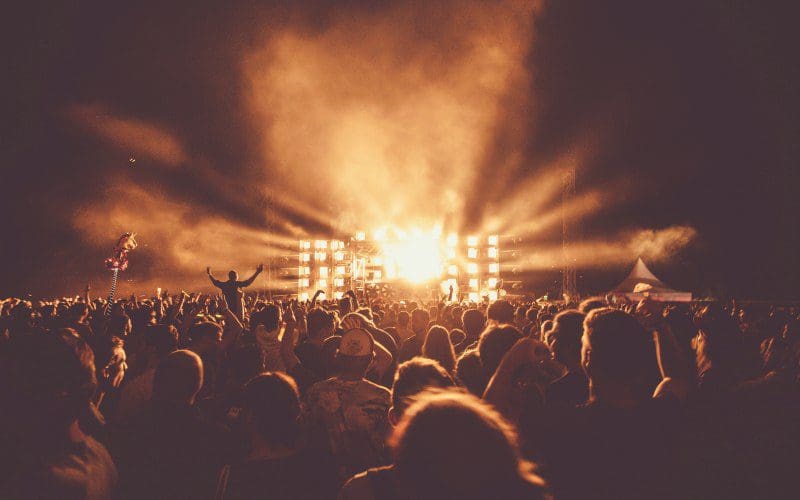
Rave music has left an indelible mark on music and popular culture. From its humble beginnings in the underground party scene of the 80s and 90s, rave music has grown into a global phenomenon that continues influencing and inspiring new generations of artists and fans. As we look to the future, it’s clear that the legacy of rave music will continue to shape the evolution of electronic music.
Rave Music FAQs
Q: What is a rave?
A: A rave is a large dance party typically featuring electronic dance music (EDM), strobe lights, and a party atmosphere.
Q: Where do raves take place?
A: Raves can take place in a variety of locations, including warehouses, clubs, and outdoor venues.
Q: What should I wear to a rave?
A: Rave fashion typically includes bright colours, neon clothing, and comfortable shoes for dancing. Some people also wear costumes or accessories like glow sticks.
Q: Are raves safe?
A: Raves can be safe if attendees take precautions like staying hydrated, avoiding drugs and alcohol, and looking out for each other.
Q: Are drugs commonly used at raves?
A: Drug use is sometimes associated with raves. However, it is important to remember that drug use is illegal and can be dangerous.
Q: How loud is the music at a rave?
A: The music at a rave can be very loud! Attendees are often encouraged to wear earplugs to protect their hearing.
Q: How long do raves typically last?
A: Raves can last for several hours or even all night.
Q: Do I need to know how to dance to attend a rave?
A: No, you do not need to be an experienced dancer to attend a rave. The focus is on having fun and enjoying the music!






